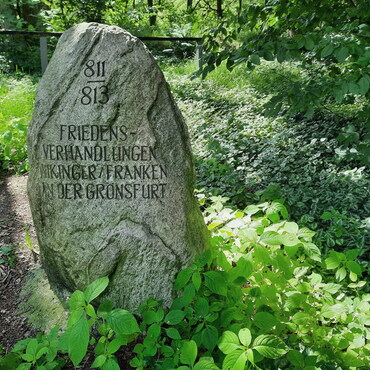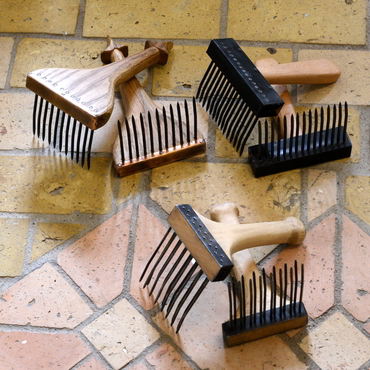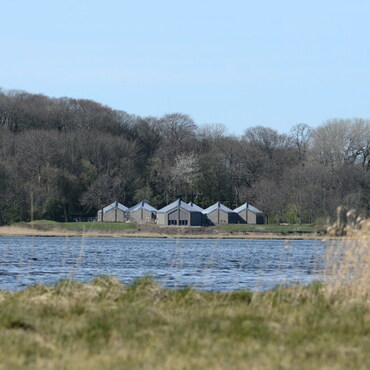The youtuber JillianEve makes videos on textile crafts. Her newest project is one that probably sounds familiar to many reenactors and Living History-fans: making a historical inspired garment from scratch, i.e. taking a woolen fleece, processing the fibers, weaving a fabric and eventually sewing the garment. Her aim is to make a Viking Age apron dress. She got some beautiful Icelandic wool and started separating the outer coat (hair or tog) from the inner coat (wool or þel) using wool combs.
Before that, however, she contacted us and asked for an interview on wool combs and their archaeological background. Ása willingly took the time and sat down with her for a little chat.
When discussing the difference between wool comb tines and flax heckle tines and how to tell them apart archaeologically, there is one thing that might not have gotten enough emphasis in the final video. I'm speaking about the shape, being slightly bent and rounded in cross section in the wool combs while being straight, more or less rectangular in cross section and sharp in flax heckles. For those interested, there is more information on that in our wool comb article or in the primary source "Textile production at 16-22 Coppergate" by Penelope Walton Rogers, (York Archaeological Trust, 1997) p. 1727.
All in all it was a nice chat and definitely something else compared to the "usual textile tool talk" on the Viking markets. I encourage everyone interested in wool comb usage to have a look at Evie's project.
The video can be found here.



